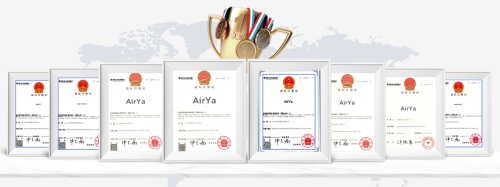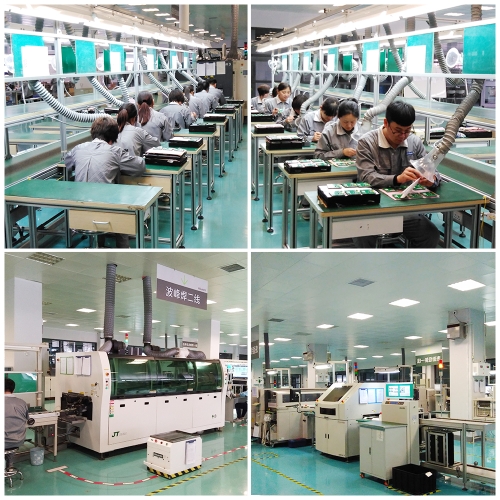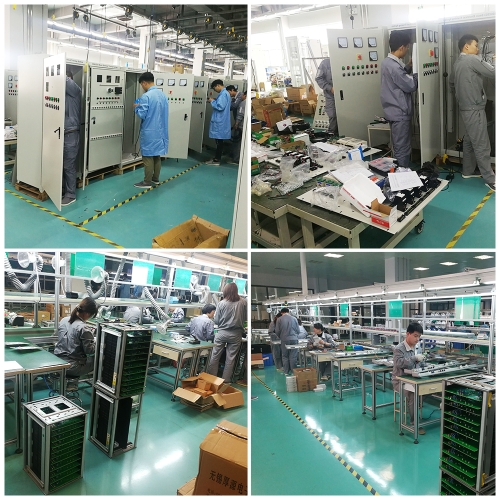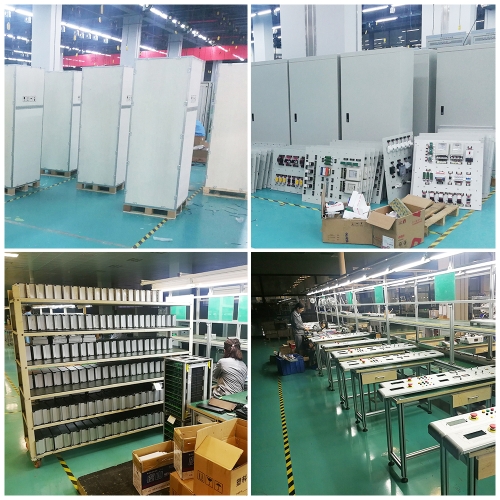AFF101 Vertical Visualisation of Flow Fields Teaching Equipment Educational Fluid Mechanics Experiment Equipment
Description
Fine gas bubbles are perfectly suited to visualising flow fields. Due to analogies, many flow processes that occur in air can also be demonstrated by experiments in water.
The trainer consists of a vertical experimental section in which an interchangeable model is inserted. Water flows from bottom to top through the experimental section. Electrolytically generated hydrogen bubbles rise with the flow, flow around the model and visualise the flow.
Different models are available: drag bodies (e.g. aerofoils and cylinders) or changes in crosssections. The length of the experimental section enables for a long wake, where, for example, vortex streets form completely. The black background and the lateral illumination ensure optimal observation. The model can be inserted in two different positions.
A stabilistation tank with a flow straightener placed upstream of the experimental section generates lowturbulence flow. The experiments run with a low flow velocity. Flow separation and vortex formation are clearly visible. The flow velocity is adjusted by a valve.

Hydrogen bubbles are generated electrolytically at a cathode made of thin platinum wire. The frame of the experimental section is used as an anode. The platinum wire can be inserted into different positions. Cathode current, its pulse and pause duration can be adjusted.
Cathode current and flow velocity are digitally displayed at the switch cabinet.
Image processing evaluation of the experiments (particle image velocimetry, particle tracking velocimetry) is possible using a special camera (i.e. PCO Pixelfy) and suitable software (i.e. ImageJ).

Specification
1.electrolytically generated hydrogen bubbles visualise flow fields of different models
2.closed water circuit with experimental section, storage tank, pump, valve to adjust the flow velocity
3.vertical experimental section with black background, LED illumination on both sides and 2 insert positions for the model
4.supplied models: 2 aerofoils, triangle, semicircle, hollow hemisphere, 2 cylinders (different sizes), 2 models for changes in crosssection
5.lowturbulence flow using stabilisation tank with flow straightener

6.bubble generator: platinum wire as cathode and frame of experimental section as anode
7.cathode can be inserted in different positions
8.setting cathode current, pulse and pause duration
9.switch cabinet with displays for cathode current and flow velocity




